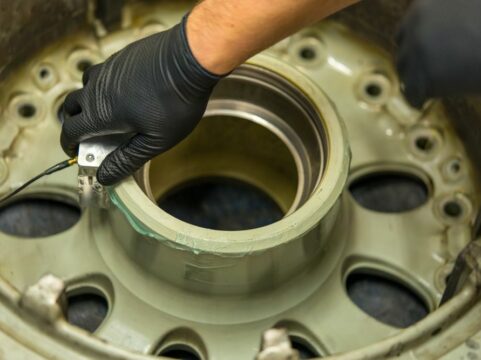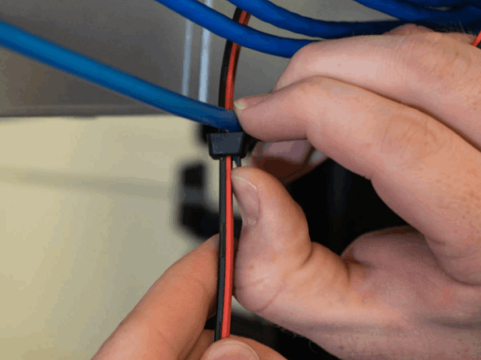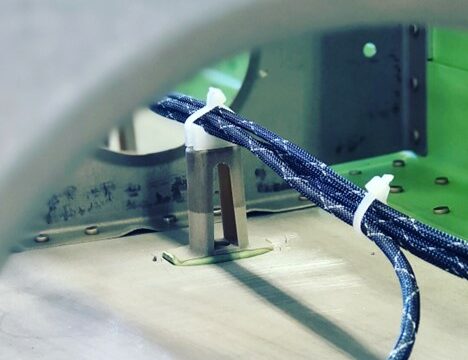Common Problems with Quick Release Pins and How to Avoid Them
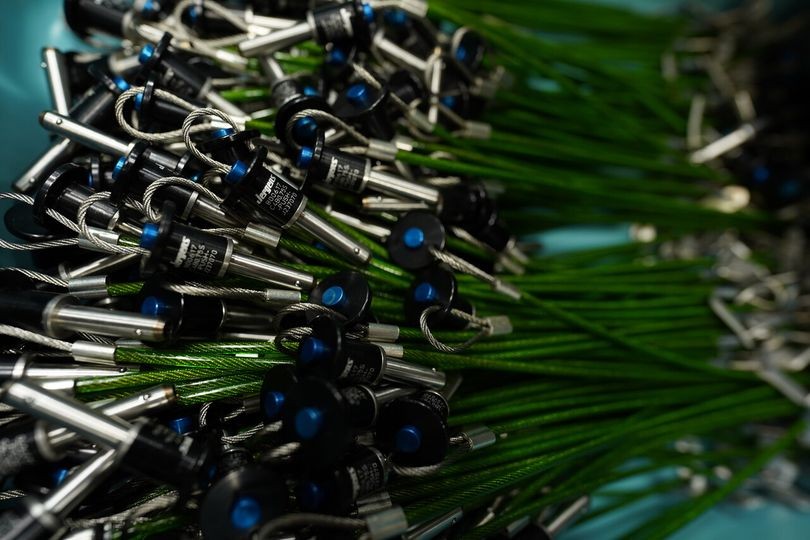
- May 05th, 2025
- Categories: Uncategorised
Aerospace, defence, and military operations are high-stakes industries where quality and precision are non-negotiable. Also often called positive-locking pins or quick-release pins, Ball-Lok and Kwik-Lok pins are critical components for a range of aerospace assemblies, ground support systems, and aircraft maintenance applications. These pins support fast, secure, and repeatable fastening of components for high-load or mission-critical environments.
Although they are small in size and are easy to use, Kwik-Lok pins are subject to considerable wear and tear, environmental exposure, and operational stresses. How can you avoid these issues?
This blog post will examine common problems with Quick release pins in aerospace and defence settings and how to prevent them through selection, installation, maintenance, and inspection protocols.
What Are Quick-Release Pins?
Quick-release pins pins are self-locking pins used for the simple joining or fixating of two components or workpieces, and are unlocked without tools. 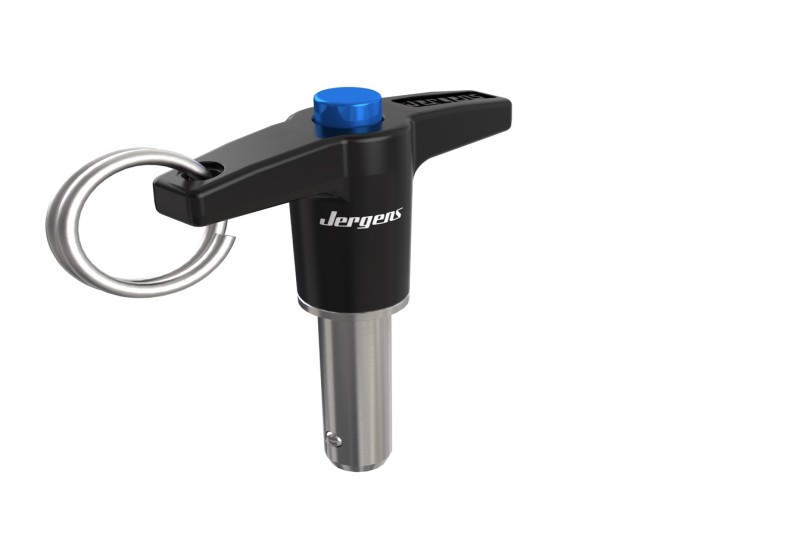
The balls at the lower end of the Quick release pin are unlocked by pressing the button at the top end. When this button is released, the balls protrude from the opening and create a lock-through tension.
Different grip forms can be picked to suit the application area. For example, there are very small grips for tight spaces or large grip contours for operating while wearing gloves.
Quick release Pins are made from stainless steel and are characterised by low weight, high-temperature stability, and are suitable for applications that need high shear strength, such as:
- Aircraft ground support equipment
- Engine access panels
- Seating assemblies
- Weapon mounting systems
- Satellite and payload deployment systems
- UAVs, such as unmanned aerial vehicle structures
Let’s take a look at the product range!
- Different handle versions such as L-Handle, T-Handle, safety handle, mushroom handle, elastic handle, standard handle, or a combination handle in different colour variants.
- Materials such as stainless steel 1.4305, stainless steel 1.4542 and titanium.
- Self-locking with an adjustable handle (clamping length).
- A socket pin with spring-loaded balls that is not self-locking.
- Clamping pins that are self-locking with span compensation are also needed.
Quick release pins are useful due to their speed, reliability, and ability to handle repeated cycles in demanding conditions, from combat zones to zero-gravity environments.
Jergens Quick-Release Pins: Products
Jergens is the largest producer of quick-release pins and fastening devices based on locking balls. Let’s take a look at their products!
Standard Button Handle Pin
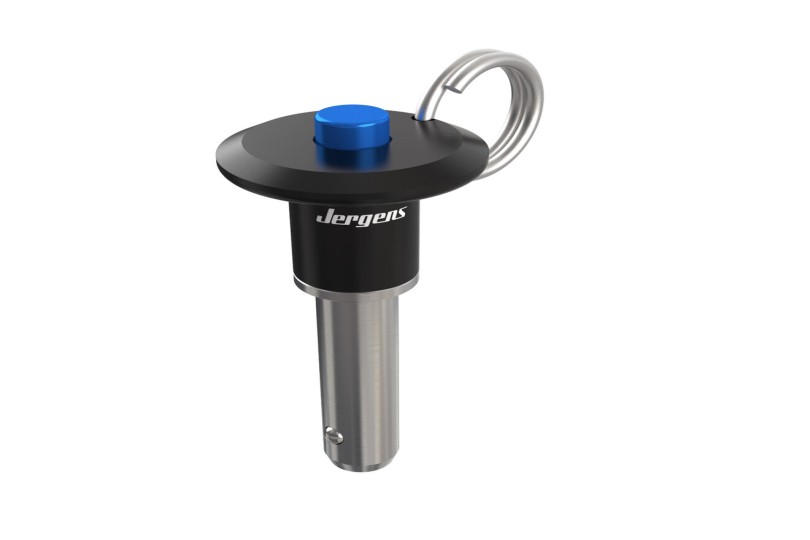
These single-acting Quick release pins are positive locking that require a push of the button to release the balls. Standard and Metric sizes are available.
Double-Acting Kwik-Lok Pin
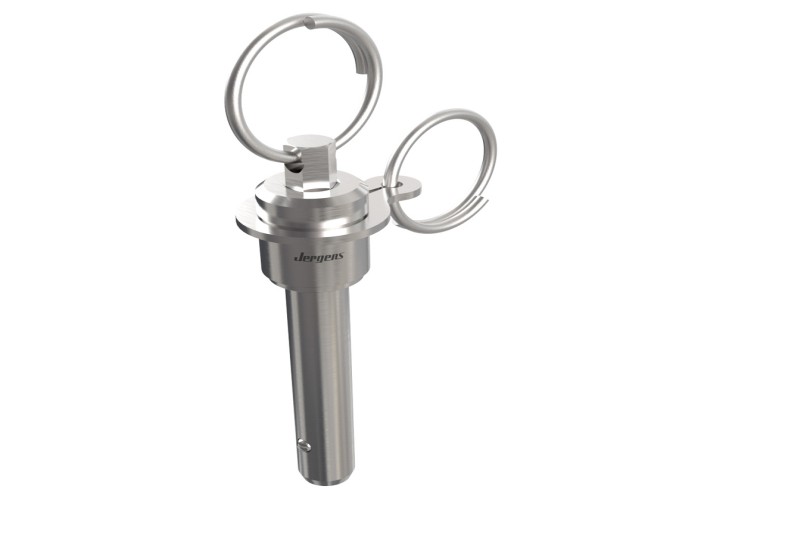
Double-acting Quick release pins are positive locking and, just like the single-acting, only need the button to be pushed to release the balls. Standard and Metric sizes are available.
Jergens Detent Quick-Release Pins
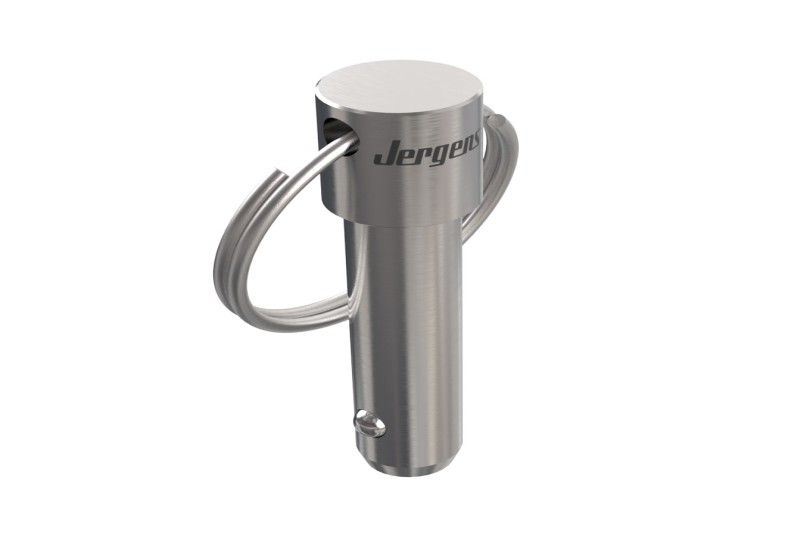
Positive-locking, detent Quick release pins are non-positive locking that push in and out of the application with spring-loaded balls performing the impedance lock. Standard and Metric sizes available.
Check out the range of Jergens Quick Release pins, Jergens Lanyards at Applied Fasteners and Tooling. We also have a comprehensive guide to the different types of Quick Release Pins in military and aerospace applications.
Common Problems with Quick release Pins in Aerospace Environments
In harsh environments such as airfields, combat zones, and high-altitude aerospace assemblies, Quick release pins can encounter issues that compromise their integrity. What do you need to keep a close eye on?
Foreign Object Debris (FOD) and Clogging
Debris, such as sand, grit, grease, or metal shavings, can enter the pin’s internal cavity or interfere with the locking balls. Resulting in jamming, incomplete locking, or outright failure to secure the component, what can you do to prevent this?
- Use sealed Quick release pin designs when operating in debris-prone environments.
- Use stainless steel or corrosion-resistant materials to avoid particle attraction.
- Put FOD control protocols in place in assembly and maintenance areas.
- Periodically disassemble and clean high-use pins during scheduled maintenance.
Incorrect Sealing or Lock Engagement
Quick release pins that are not fully engaged or seated can create the illusion of a secure lock, and this is a dangerous scenario in aerospace or defence systems. Improper installation, user error, or wear on the locking mechanism can cause:
- Panel or component dislodgement in-flight
- Equipment malfunction
- Personal injury during ground servicing
Stop this from happening by:
- Use visual locking indicators or tactile feedback mechanisms (such as detent handles).
- Train personnel on how to properly install Quick release pins.
- Choose pins with redundant locking features in mission-critical applications.
Corrosion and Materials Degrading
Quick release pins used in aerospace and maritime defence systems are exposed to saltwater, hydraulic fluids, jet fuel, and extreme temperature fluctuations on land, at sea, and in the air. Corrosion or surface degradation can compromise strength, locking integrity, or lead to galling and sticking. How can you avoid this outcome?
- Use marine-grade stainless steel or passivated components.
- Use titanium alloy pins for ultra-lightweight and corrosion-resistant performance.
- Apply protective coatings (cadmium plating or black oxide) to the application.
- Store Quick release pins in a dry, controlled environment when not in use.
Loosening from Vibration
Aircraft and military vehicles deal with constant vibration, so improperly locked pins can work themselves loose over time, especially if subjected to lateral forces. Avoid loosening by:
- Picking locking mechanisms with positive engagement or detents.
- Use lanyards or secondary retention features for additional safety.
- Conduct vibration testing during component validation phases.
If you would like more information on Quick release pins, have a read of the benefits of using Quick release Pins in marine applications!
Wear and Fatigue Over Time
Like all mechanical components, Quick Release pins wear out. Repeated insertion and removal cycles, exposure to contaminants, and material fatigue can cause:
- Weak or broken springs
- Deformed locking balls
- Bent shanks
Let’s take a look at important inspection guidelines:
- Use magnification or non-destructive testing (NDT) to inspect pins periodically.
- Replace pins in accordance with service life recommendations, even if they appear to function.
- Record pin use and cycles as part of your quality assurance (QA) system. AFT can assist you with Quality Assurance Procurement Requirements and adhering to the AS9120 quality system.
If the pin won’t insert, check the alignment and that is it correctly aligned with the hole without obstructions. Check if the button/level is fully depressed and that balls are retracted. Also inspect for dents and deformation!
Does the pin refuse to release? Make sure that the locking system is engaged, check for debris (this can stop the ball from retracting), and look at the button/lever for damage.
If the pin is sticking or jamming, apply a lubricant to support movement, check the pin and hole for wear, and consider replacing the pin entirely if the damage is significant.
Never exceed the Quick Release Pins’ load capacity, as this puts applications at risk of failure.
Quick Release Pins: Maintenance and Troubleshooting
To maximise performance and minimise the risk of in-field failures, establish a structured maintenance protocol for all Quick Release pins in your systems. Firstly, make sure to have regular cleaning protocols:
- Use isopropyl alcohol or approved aerospace cleaning solvents to clean hard-to-reach areas such as shanks and locking mechanisms.
- Avoid petroleum-based lubricants, which can attract debris.
- Apply a light, dry lubricant or PTFE-based treatment as recommended by the pin manufacturer.
What are some of the inspection techniques for Quick Release pins?
- Check for signs of mechanical wear, corrosion, or distortion.
- Manually engage and disengage pins for a smoother operation.
- Inspect locking balls and spring action. They should move freely and lock into place.
What are some repair and replacement protocols to keep in mind?
- Do not attempt to repair damaged pins in-house unless approved tooling and QA processes exist.
- Replace worn or degraded pins with components that meet the original specifications or certified alternates. AFT can help you find a suitable fastening replacement for your project.
- Make sure traceability and certification are maintained for defence and aerospace contracts.
Other Ways to Ensure Quick Release Pins Are Reliable
Are they being installed to standard? Implement a training and certification process for operators installing pins or jigs for consistent application where needed. It’s also a good idea to emphasise installation verification as part of quality control procedures.
Standard inspections and audit procedures are non-negotiable. Include pin inspection in routine aircraft maintenance schedules (for example, A, B, C, or D-checks). Use detailed checklists and photographic documentation to track wear over time and incorporate pin conditions into pre-flight and post-mission inspections for defence platforms.
They must be stored and handled correctly at all times. Store unused pins in protective cases or cleanroom environments to stop the risk of contamination. Engineers also tag and label critical-use pins with batch numbers and expiry/service dates. Avoid mixing pins from different specifications or suppliers unless fully compatible.
Need to Order Quick Release Pins? Shop in Stock at AFT Today!
When lives, missions, and multimillion-dollar assets are on the line, every connection must be secure, every fastener reliable, and every component verifiable.
Registered and AS9120 quality-certified in 2014, AFT was founded to supply the aerospace and defence industries with specialised fastening products, reputable brands and technical support. As leaders in the fastening system supply chain, we always aim to push the boundaries of what is possible.
Whether in a fast-attack fighter jet, a satellite payload bay, or ground support systems, AFT ensures that the reliability of every pin contributes to mission success in a range of markets.
Contact us today to shop in stock Motorsport Fasteners, Cable Tie Mounts, Specialty Fasteners, Countersink Tooling, Hand Tools, Drilling Equipment, Hi Lok Tooling and more. We work with the design, procurement, production, quality, maintenance, and repairs within the product life cycle.



